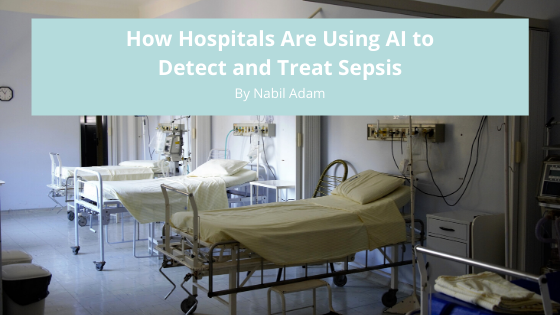Sepsis is life-threatening and claims the lives of more than 250,000 people each year. When a simple infection develops, chemical compounds are released that initiate an inflammatory response. White blood cells then rush to the scene. If the infection progresses, the inflammatory response rises to meet the need. However, the systemic response may lead to the development of blood clots, which cause vascular blockages. If left untreated, the lack of oxygen-rich blood leads to hypotension, cardiac problems, organ failure, and septic shock. Half of all septic patients never recover. A number of researchers at medical facilities developed tools equipped with artificial intelligence to recognize sepsis more quickly.
The symptoms created by sepsis are much like those associated with many other illnesses. If a patient is not promptly and adequately diagnosed, their condition worsens and may become fatal. The Hospital Corporation of America reports that for every hour a septic patient remains untreated, the mortality rate increases by up to seven percent. But, the tool developed by the HCA quickly identifies the problem and recommends treatment options.
Sepsis Detection Tools
The algorithm is known as the Sepsis Prediction and Optimization of Therapy tool or SPOT tool. Thus far, SPOT has been used on more than two million patients and has been credited with saving approximately 8,000 lives. Medical researchers and IT experts developed the program by obtaining information from millions of hospitalization cases. The program collected and analyzed the data to create actionable information.
SPOT functions by continuously monitoring patient vital signs, lab results, medical staff notes, and other data entered into a facility’s database. The program assesses the data for each patient and alerts the medical team when changes in a patient’s condition occur.
The Duke Institute for Health Innovation also developed a tool they named Sepsis Watch. Similar to SPOT, the tool used at Duke University Hospital analyzed more than 32 million pieces of data to evaluate patient conditions. When sepsis is indicated, the medical team receives an alert. But, Sepsis Watch is also able to guide medical teams through the treatment process using a checklist and treatment options based on individual needs.
HCA and Duke University plan to share the algorithms and programs with medical facilities across the country. HCA is also in the process of sharing the technology that will be named SPOT-ER. The program is set to be available to emergency rooms soon.

